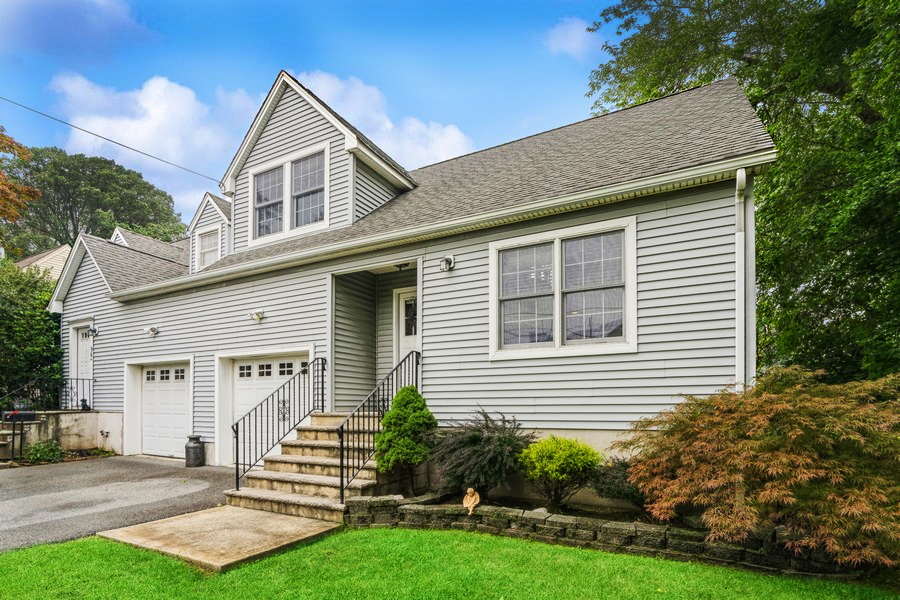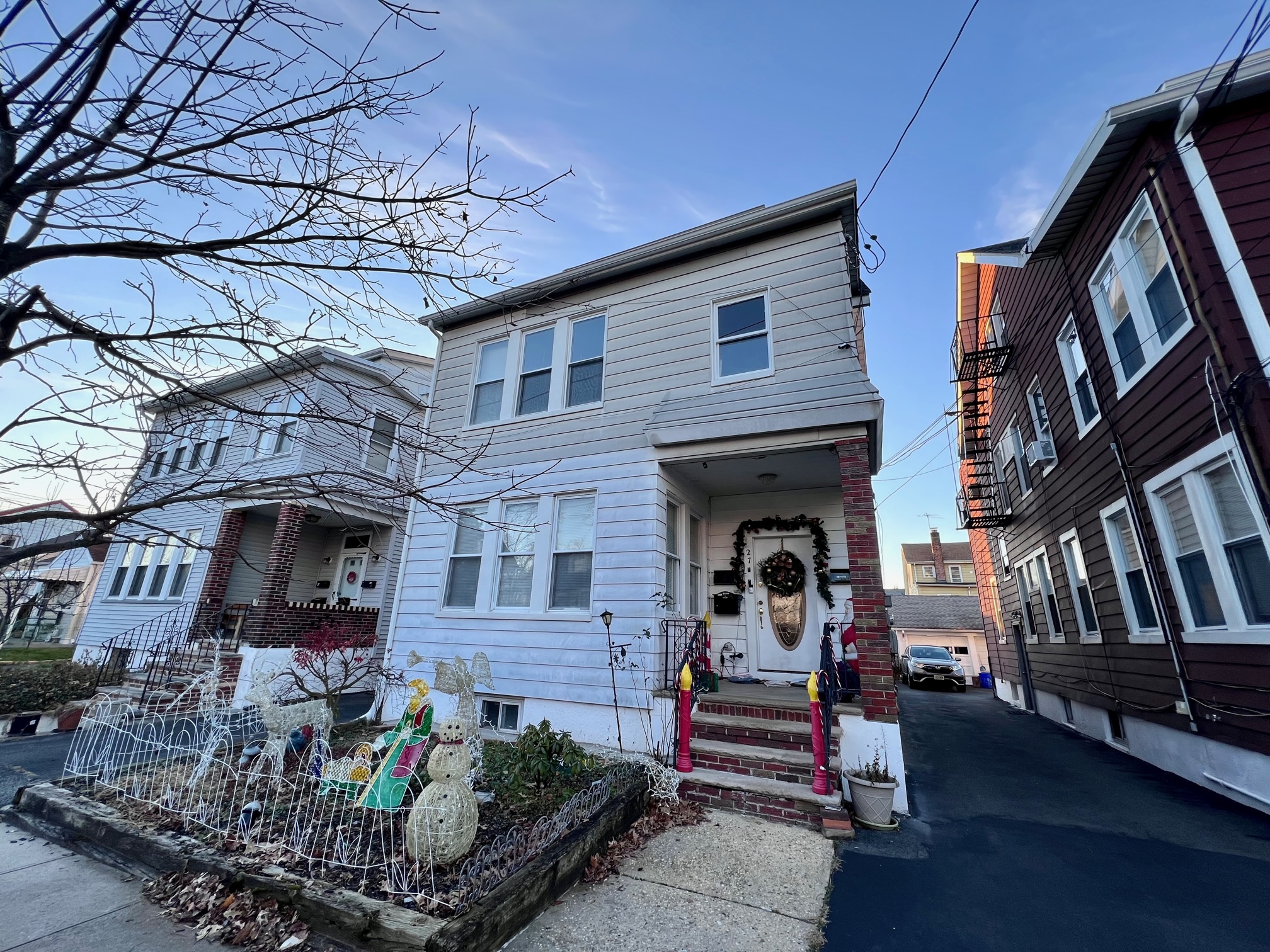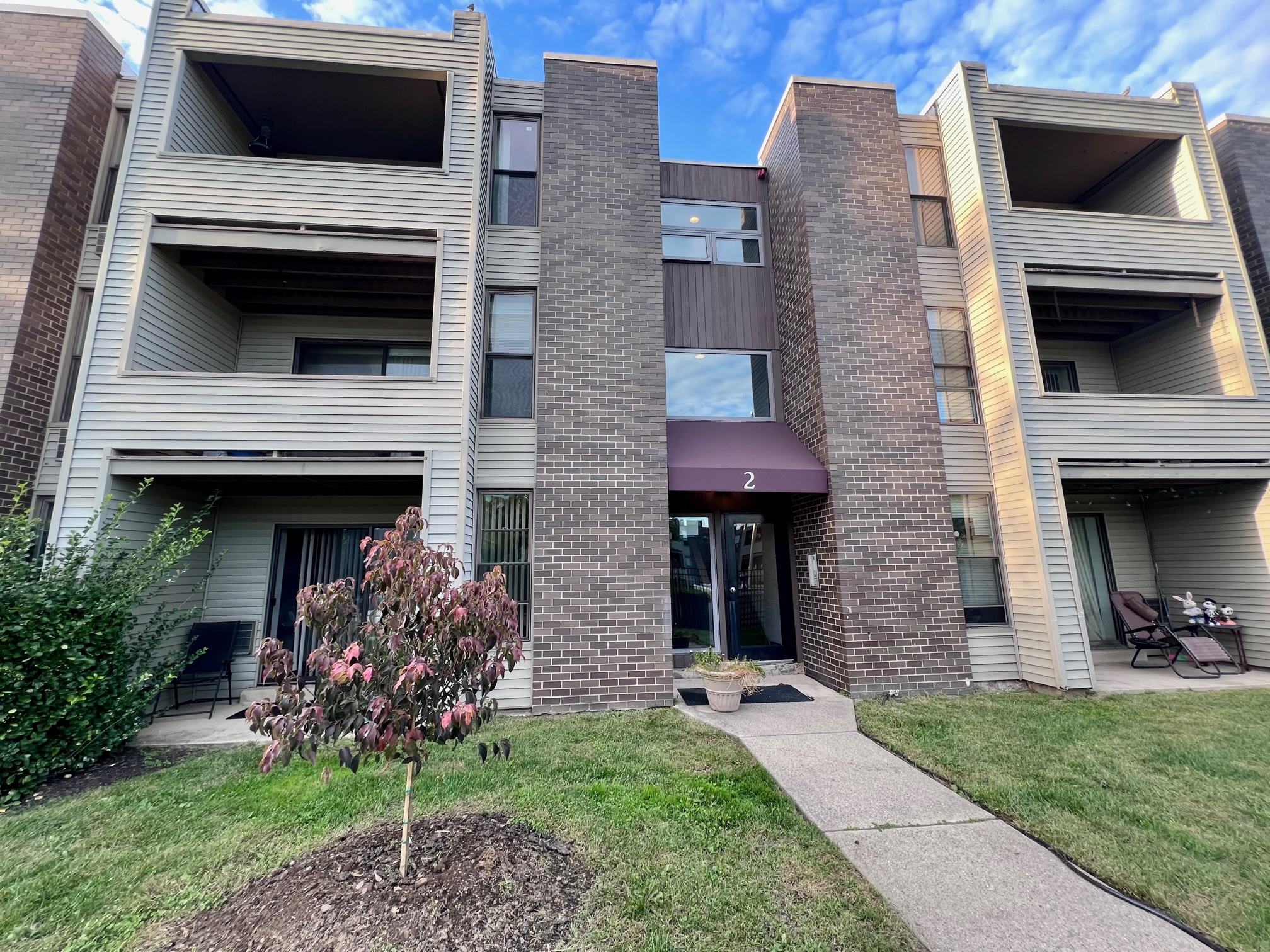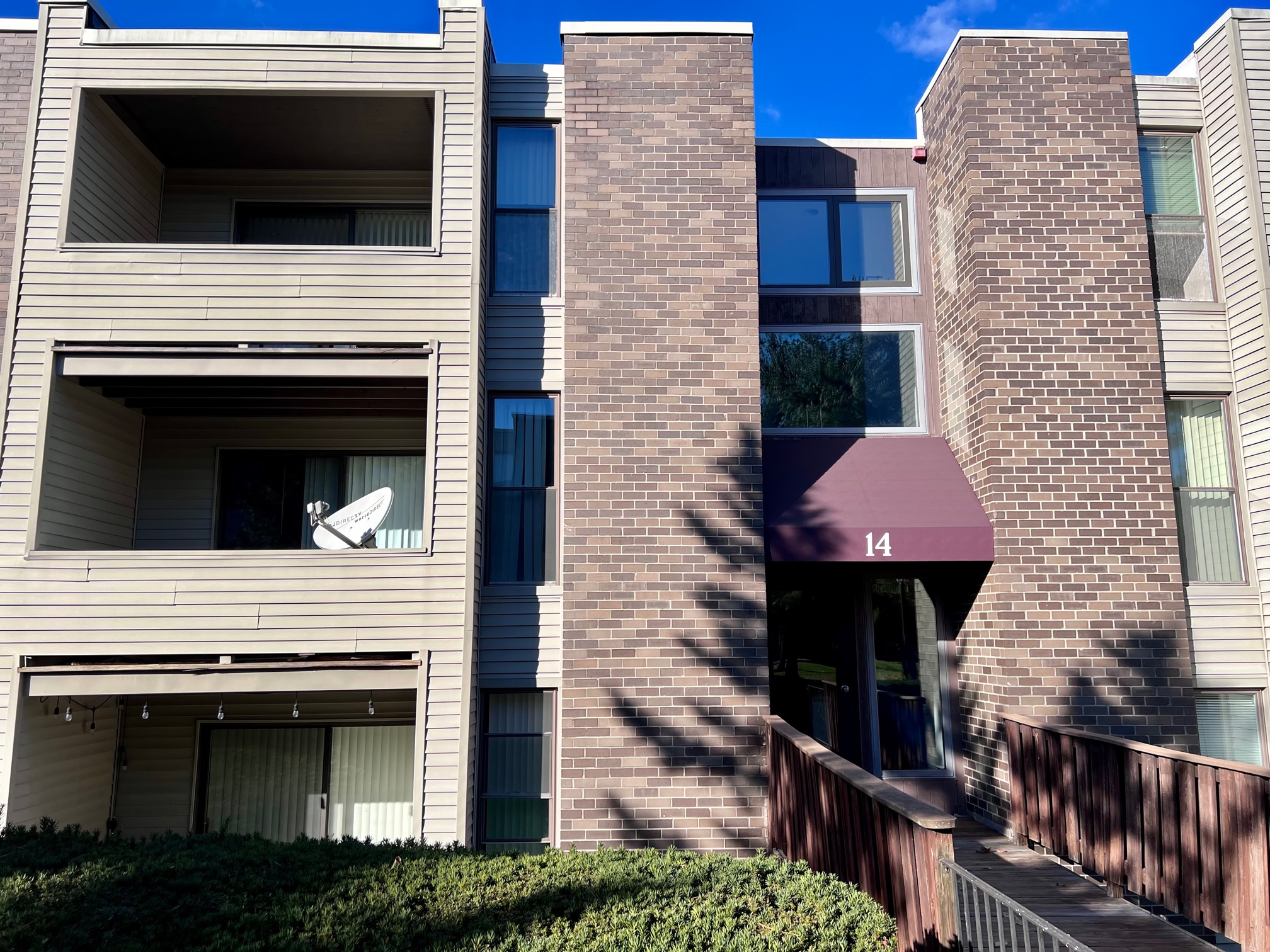Nutley Medical Condo For Sale
Medical Practice Condo in Nutley, NJ. Nutley Medical Condo For Sale In the bustling town of Nutley, New Jersey, a hidden gem for medical professionals seeking an ideal space to establish or expand their practice. Nestled within a prominent medical building on the renowned Franklin Avenue, this turnkey medical practice condo presents an unparalleled opportunity … Read more




